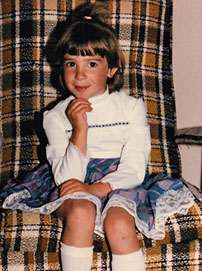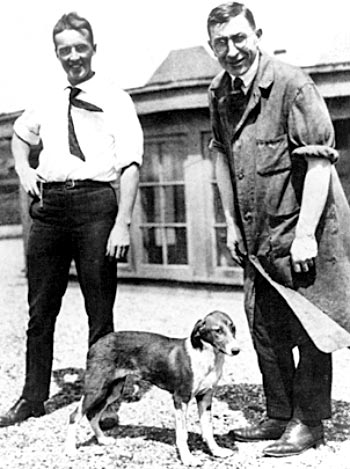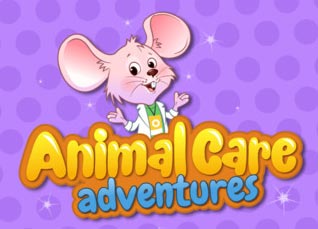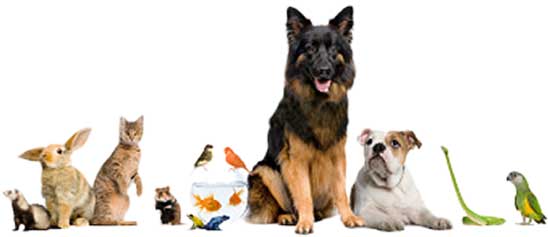Laura is a Survivor - Thanks to Man's Best Friend


I remember only bits and pieces of that day: Being strapped into a gurney, the ambulance siren, nurses, doctors, the strange beeps and hums from the medical equipment around me, and the feeling of my young skin being pierced with needles. I also remember the fog and how I didn’t really care that it was enveloping me. I was seven years old, and at that moment, I was dying.
When the fog finally lifted, I remember the August sunshine trying to peek through the covered hospital window. Though faint, it burned my eyes. I remember Mom and Dad telling me I was okay. If I was okay, why did I have so many tubes attached to me? Why was there a nurse pricking my finger with a sharp lancet? Why did everyone look so worried?
That was the day I was diagnosed with Type 1 diabetes. It began much like any other day, except that I never saw the golden August sun rise to greet the morning. I had begun to slip into a diabetic coma. At the time, I didn’t realize the significance this day would have on the rest of my life.
When I was seven, summer seemed to last forever, and the thought of death or illness was hard to comprehend. I remember learning about diabetes. I learned that my body didn’t produce enough insulin to manage the sugars from the foods I ate. I learned it was imperative to plan my meals and activity in advance. I also learned that I needed insulin injections every day so my body could properly use sugars to help me grow big and strong. Abnormal blood sugar levels could make me very sick, and might result in blindness, kidney failure, heart disease, and even death. Naturally, I was scared. All of a sudden, the carefree life of a seven-year-old girl came to a grinding halt; everything had to be planned.
One afternoon in early September, I got off the school bus and stopped to pet our dog, Maggie, who lay stretched across the lane. She lifted her head and I scratched the little spot on her chin where a few silver hairs were starting to invade her ruddy coat. My sister dashed into the house to watch her favorite afterschool show, as I stood up to see Mom watching me. Her hands were black; it looked like she’d been doing some final gardening before the winter frost hit.
My parents were very aware of my love for animals. I seemed to have a natural affinity for living creatures, just like they did for me. It had only been a few weeks since my diabetic diagnosis so every day brought new considerations and worries. “How was your day, Laura?” Mom asked. “Good,” I replied. Seeing my fascination with Maggie, Mom sat down on the step and told me a story I have never forgotten. “Laura, did you know that a dog like Maggie saved your life?” I stopped petting Maggie and looked up, puzzled. “A scientist worked with dogs like Maggie to learn about diabetes and discovered insulin so diabetics could live full, happy lives.”
That conversation was a turning point. Animals saved my life. I realized that if it had not been for those studies done to develop insulin therapy for diabetics, I would have died. Me, a little seven-year-old girl, would have died.
The public school library was filled with books on the subject; I remember finding one called The Discovery of Insulin. It was a big book for a seven-year-old, but I wanted to know more about how animals saved my life. Inside the book were pictures of old insulin vials, the scientists who discovered insulin, and then there was a picture of a dog named Marjorie. The picture (right) showed the scientists Banting and Best standing with her on the rooftops of the University of Toronto. Marjorie was the first experimentally induced diabetic dog to be kept alive using an insulin extract; a similar extract was later used to save the lives of humans all over the world, just like me. Mom was right—animals saved my life!
Over the years, I’ve grown up and had a wonderful life. Because of insulin, there’s nothing that I can’t do. Ironically, my husband, Rob (pictured below), was also diagnosed with Type 1 diabetes shortly after we met. Though we will always need to watch what we eat and make smart decisions, the knowledge we have about our health exists because of research. Together, Rob and I can live happily ever after.
Through the years, my gratitude for science has never waivered. I decided early in life that I would work in research so that I could care for and show my appreciation to our laboratory animals. I knew I would never be able to thank Marjorie personally (she lived and died many years ago) but I wanted to show other animals just like Marjorie how special they are.
In 1999, I became a registered veterinary technician (a nurse for animals), and I have been working in laboratory animal science ever since. Today, I am a veterinary technician manager overseeing six technicians. We work together to make sure that the animals in our care are healthy. We also train research staff and scientists about animals, humane procedures, and how to make sure that the needs of their animals are met with care, knowledge, and compassion. Because of Marjorie, I am alive. Because of Marjorie, I know that my life has purpose.
Diabetes has made me who I am, by inspiring me to pursue paths I may otherwise not have chosen. There is still no cure for diabetes, only treatments. However, because of science, I have hope. This hope allows me to believe that a world without diabetes is possible.
Thank you to all the “Marjories" who make a difference every day.









